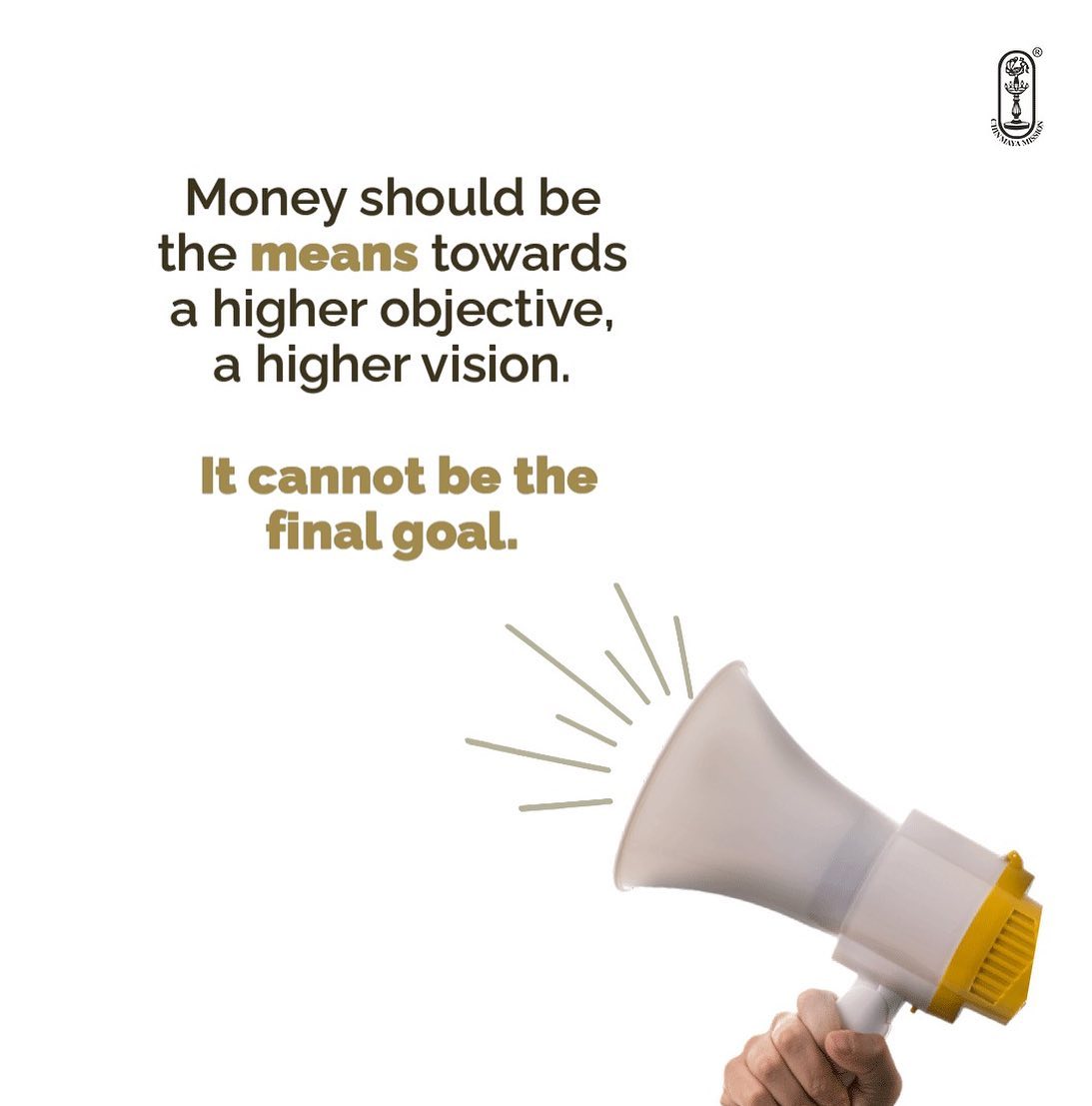Aitareya Upanishad - 11. - T.N.Sethumadhavan.
========================================================================
========================================================================
Friday, November 04, 2022. 06:00.
Chapter II - The Three Births of the Self
Preamble & Mantras-1,2,3.
Post - 11.
=========================================================================
In this Chapter II the creation of human body is described in order to inculcate a sense of
dispassion by showing the impermanence of the body. Creation continues through
procreation. A man is born, he gives birth to a son and he takes rebirth after death. This
signifies that a person has really three births. The procreative fluid of a father is said to be
the essence of his Self. The mother looks after it during pregnancy as her own Self. After
birth, the parents nourish the child so that he can be their substitute for performance of
pious deeds. Hence the importance of natal care and oneness of the father and the son are
emphasized.
The central theme of creation in Chapter I was the presence of Self in all of us. However,
we remain ignorant of its presence due to our preoccupation with desires of the senses. In
this Chapter the example of sage Vamadeva, who realized the Self even while he was in
the womb, is given. He thereby became immortal after the death of his body. The
Upanishad says that the worldly desires are like iron cages preventing the soul from
making itself free. Only a Self-realized person like Vamadeva can come out of this
stronghold.
------------------------------------------------------------------------------------------------------------------------
The Text
[The sage orders pregnant women to leave for some time].
OM puruShe ha vA ayamAdito garbho bhavati yadetadretaH
----------------------------------------------------------------------------------------------------------------------------
Mantram-1.
.tadetatsarvebhyo.a~NgebhyastejaH saMbhUtamAtmanyeva.a.atmAnaM bibharti
tadyadA striyA.n si~nchatyathainajjanayati tadasya prathama.n janma .. 1..
-------------------------------------------------------------------------------------------------------------------------
This person (Jiva) is, at first, the germ in a man. That which is the semen is here
called the germ. This semen is the vigor drawn from all the limbs. The man holds
this essence of his Self in his own body. When he pours the semen into a woman, he
procreates himself. This, indeed, is the first birth of the embodied soul.
This Jiva in the male body of his father first becomes semen. This semen is the vigor
extracted and transformed from all the limbs. First the father holds and nourishes it in his
own body and rears it which is not different from him. When he injects this in mother’s
body he procreates himself in the form of a foetus. This is his first birth.
----------------------------------------------------------------------------------------------------------------------------
Mantram-2.
tatstriyA AtmabhUya.n gachChati yathA svama~Nga.n tathA . tasmAdenA.n na hinasti .
sA.asyaitamAtmAnamatra gataM bhAvayati .. 2..
-----------------------------------------------------------------------------------------------------------------------
That semen becomes one with the woman-just like a limb of her own. That is why it
does not hurt her. She nourishes this self of his that has come into her.
The semen injected into the body of a mother gets assimilated with her body and
becomes an indivisible part of her; hence she does not feel hurt or burdensome during
pregnancy. The lady nourishes that foetus as the Self of her husband.
sA bhAvayitrI bhAvayitavyA bhavati . ta.n strI garbha bibharti . so.agra
eva kumAra.n janmano.agre.adhibhAvayati .
------------------------------------------------------------------------------------------------------------------------
Mantram-3.
sa yatkumAra.n janmano.agre.adhibhAvayatyAtmAnameva tadbhAvayatyeSha.n
lokAnA.n santatyA .
eva.n santatA hIme lokAstadasya dvitIya.n janma .. 3..
-------------------------------------------------------------------------------------------------------------------------
She, being the nourisher of the child , should be nourished. The woman nourishes
the embryo. Immediately after its birth the father nourishes the child. Nourishing
the child from birth onward, he thus nourishes himself for the continuation of these
worlds. For thus alone are these worlds perpetuated. This is his second birth.
The pregnant woman who holds the foetus should therefore be taken care of well by
every member of the family. While the mother protects the unborn child in her womb,
the father takes care of the child after delivery till it gets fully grown up and becomes a
sound person in the society. This act on his part is for maintaining the continuity of the
race. This coming out of the womb and taking birth as a child is his second birth.
*****
Next- Mantram-4.
To becontinued
=========================================================================








Comments
Post a Comment